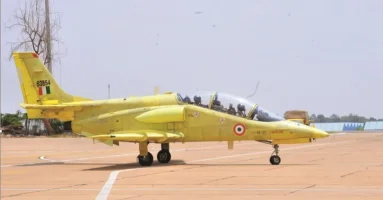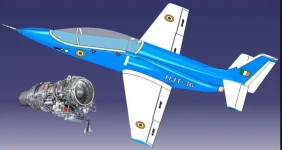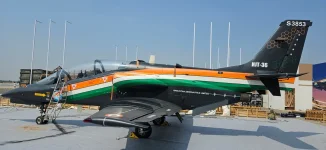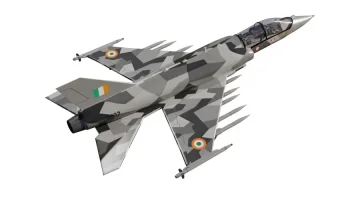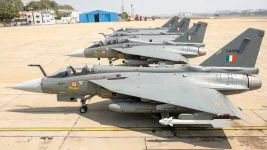- Views: 1K
- Replies: 14

The Indian Air Force (IAF) is taking a step towards potentially incorporating the upgraded HJT-36 Yashas trainer aircraft into its fleet. The IAF has reached out to Hindustan Aeronautics Limited (HAL) with a proposal to lease four of the Yashas Stage-2 trainers for evaluation purposes. These aircraft will be from the Limited Series Production (LSP) and modified to meet the latest Yashas standards.
Originally developed as a basic jet trainer, the HJT-36, now officially designated 'Yashas', has faced challenges throughout its development, particularly with its flight dynamics. Issues with departure characteristics and spin resistance had been a cause for concern.
However, HAL has implemented significant upgrades to address these problems. The modifications focus on improving the aircraft's spin resistance throughout its entire flight envelope, making it a safer and more reliable platform for pilot training.
This move by the IAF reflects a growing emphasis on strengthening India's indigenous defence capabilities. If the evaluation of these upgraded Yashas trainers proves successful, it could lead to a larger order from the IAF, further supporting the development and production of homegrown training aircraft. This would be a significant step towards modernizing the IAF's training fleet with domestically produced solutions.
It is worth noting that the HJT-36 has been the subject of much scrutiny over the years due to its developmental issues. However, with these latest upgrades, HAL appears to have addressed the major concerns, potentially paving the way for the Yashas to finally fulfill its role as a key component of the IAF's pilot training program.

